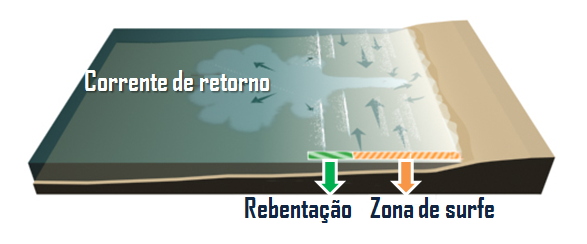Threat From Rising Sea Levels - The Urgent Job To Do For Researchers By 2100
A new study published in Geophysical Research Letters, highlights the vulnerability of low-lying populations throughout the tropics, including western Australia, Hawaii and the islands of the South Pacific.
'We are successful in defining the patterns, known as sea level fingerprints, which affect sea levels,' says Professor Giorgio Spada of Italy's University of Urbino, who led the study.
'This is paramount for assessing the risk due to inundation in low-lying, densely populated areas.'
It has long been known that sea levels change by different amounts in different places.
'We are successful in defining the patterns, known as sea level fingerprints, which affect sea levels,' says Professor Giorgio Spada of Italy's University of Urbino, who led the study.
'This is paramount for assessing the risk due to inundation in low-lying, densely populated areas.'
It has long been known that sea levels change by different amounts in different places.
 |
| Threat from rising sea levels - Pacific archipelago of Kiribati. Photo: Reuters |
The team, including two researchers from the Bristol University's glaciology centre, used computer models to investigate three key influences over the global pattern of sea-level rise.
At the end of the last ice age 10,000 years ago, billions of tonnes of ice melted from Earth's polar regions, lifting an enormous weight from the rocks beneath. The Earth's surface has been slowly rebounding ever since, causing some regions to emerge from the sea while others subside.
The sheer mass of the remaining ice sheets gives them a strong gravitational pull, sucking in the seas around them like a giant plunger. As those ice sheets melt, the plunger will be released and the water redistributed around the globe.
As the oceans warm, they will also expand. Complex weather and climate patterns will mean that some areas will warm and expand more than others.
'The most vulnerable areas are those where the effects combine to give sea-level rise that is significantly higher than the global average,' says Spada.
'The total rise in some areas of the equatorial oceans worst affected by the terrestrial ice melting could be 60 centimetres if a mid-range sea-level rise is projected, and the warming of the oceans is also taken into account.'
 |
| Rising sea levels are threatening the very existence of countries like Nauru, a remote, eight-square-mile Pacific island near the equator. Photo credit: Arm Climate Research Facility |
According to the 2007 Intergovernmental Panel on Climate Change (IPCC) report, the effect of melting ice was the largest remaining source of uncertainty in predicting sea-level rise.
This work was part of the ice2sea project, led by the British Antarctic Survey's Professor David Vaughan, which is attempting to address that uncertainty.
'In the last couple of years, programmes like ice2sea have made great strides in predicting global average sea-level rise,' says Vaughan.
'The urgent job now is to understand how global sea-level rise will be shared out around the world's coastlines.'
'Only by doing this can we really help people understand the risks and prepare for the future.'
Scientific paper is published in Geophysical Research Letters, doi:10.1029/2012GL053000
© MessageToEagle.com


Comentários
Postar um comentário